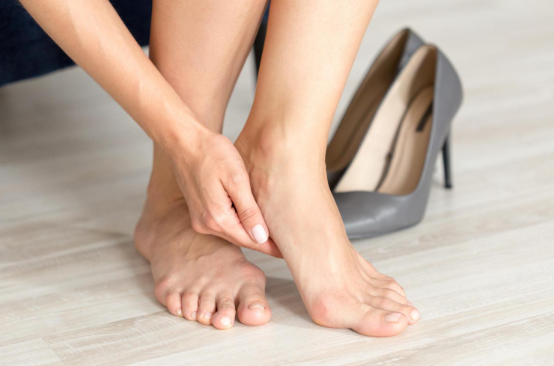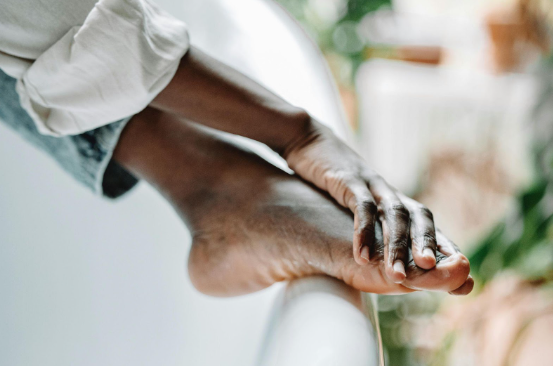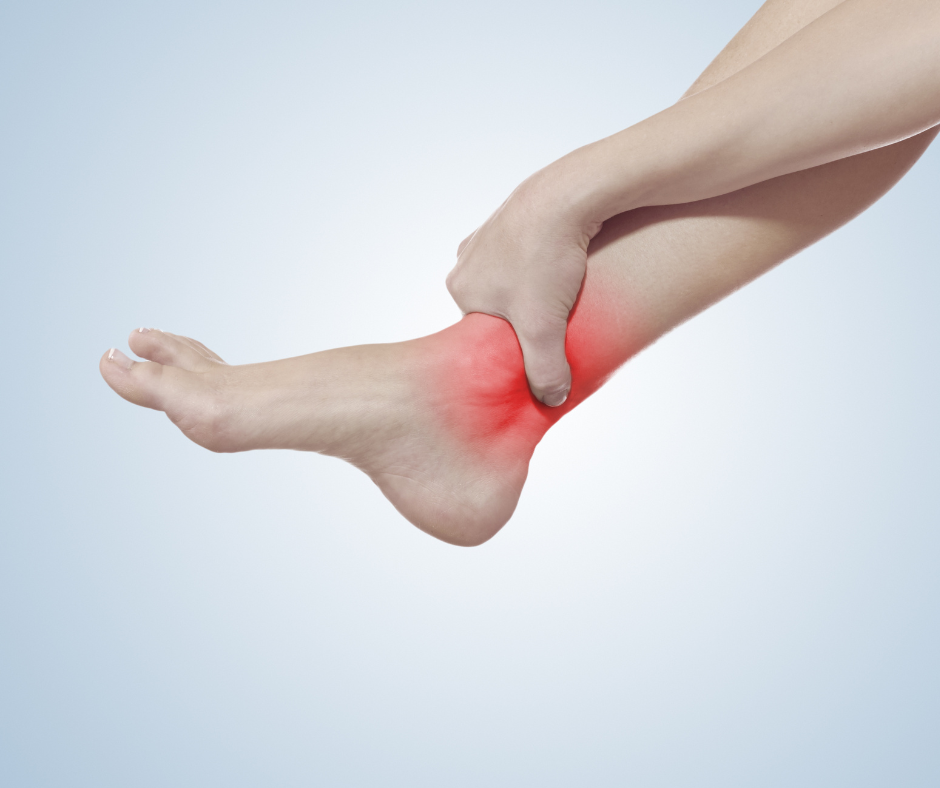HOW TO PREVENT TENNIS ELBOW
HOW TO PREVENT TENNIS ELBOW
Tennis elbow isn’t just for the Bjorn Borgs and Serena Williamses of the world, and it can attack when you least expect it. But we’ve got you covered with some practical strategies to avoid this painful condition.
It might be called tennis elbow, but you don’t need a racket and a ball to be a victim. That’s because it’s an injury that stems from any overuse of your elbow joint. And many of us (from plumbers and painters to office workers and actual tennis players) put our elbow joint under extraordinary stress day in and day out.
The good news is that Dr. Timothy Kavanaugh, Dr. Tyler Enders, and the AZ Ortho team provide advanced care for a wide range of orthopedic problems and conditions, including elbow issues. Here’s how you can get off the path to tennis elbow.
Avoid repetitions
When you constantly contract the muscles in your forearm and make the same movements over and over again, microscopic tears form in the tendons that attach muscles to the bones in your elbow joint.
Those tears, though small, cause pain and weakness that spread from your elbow into your forearm and wrist. Sometimes this may be confused with a nerve compression syndrome, as patients oftentimes complain of nerve-related symptoms such as tingling, sharp pains which radiate down the back side of the forearm to the wrist. This can be very painful, and can make lifting something as small as a water bottle difficult and excruciating.
Avoiding these repetitive movements and contractions is the best way to protect your elbow and avoid painful symptoms. Do your best to intentionally give your arm and elbow rest. Step away from your computer mouse or set down your tools periodically to prevent your tendons from tearing.
Try some stretches
When we say stretch, we mean before and after you use your elbow. Stretching your forearm muscles encourages blood circulation and promotes flexibility, which can improve your range of motion and help your elbow bear added stress as you move.
Get stronger
Stronger muscles and tendons are much less likely to tear, so we encourage all our patients to do exercises that focus on strengthening their forearm muscles and supporting their elbow joints.
For example, grab a lightweight, and with your arms at your sides, slowly bend your arm upward at your elbow joint until your hand touches your shoulder. Hold that position for 15-30 seconds before releasing.
Our team can walk you through similar exercises and stretches that help you avoid tennis elbow by supporting your muscles.
Listen to your body
One of the worst things you can do for your elbow (or any body part for that matter) is ignore warning signs of pain. Your elbow tells you when you’ve pushed it too far, and it’s your job to listen before the damage becomes irreversible.
Get help quickly
If the worst happens and you notice pain in your elbow, it’s crucial to see our team as quickly as possible. Tennis elbow typically resolves on its own, but this process can take a long time to do so, oftentimes requiring more than a year to do so. It typically requires professional treatment to help expedite the process and ease the pain. Our team takes a multidisciplinary approach to pain management, and he offers a wide range of treatments that address your tennis elbow quickly and conservatively.
Depending on your needs, he may recommend the following:
- Physical therapy
- Activity modification
- Corticosteroid injections
- Platelet-rich plasma (PRP)
- Elbow surgery
Our team may also prescribe an at-home exercise program to help you address your tennis elbow and avoid future problems. If you’d like more information about how to avoid tennis elbow, or if you’d like to be evaluated, don’t hesitate to request an appointment online or over the phone at our Scottsdale, Arizona, office today.










